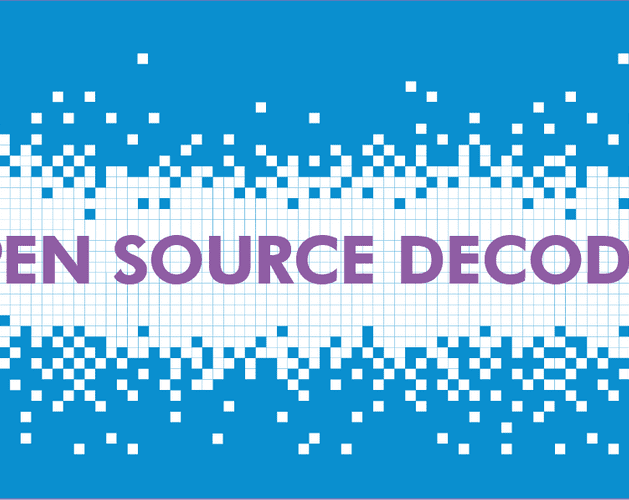OpenStack – Software-defined data centre delight, or disaster?
POSTED ON TUESDAY, SEPTEMBER 8, 2015
Over the next few weeks, Softcat will publish 5 guest blog posts covering the most popular areas of open source software and we would love you to join us, even pose some questions, online during our live panel discussion on Tuesday 22nd September at 1pm.
The OpenStack story is pretty impressive; the web tells me the community includes over 29,000 people, from 170 plus countries, and more than 500 supporting companies. A recent report from Forrester highlights how well-known businesses, such as Walmart (includes the supermarket Asda of course in the UK), BMW and Disney have “irrefutably proven that OpenStack is viable for production environments”. Add to this, I’m a fan OpenStack and have been a fan for some time, but being a fan doesn’t mean I’m a zealot though; for the record, I’m a big fan of the band Queen – yet I still find the Hot Space album hard to get into. It also doesn’t mean you must adore everything. Why the preamble? Basically, to set the scene that the conclusion to this post won’t be “disaster”, despite its title. That said, the role OpenStack could play in your software-defined strategy depends on what you’re looking for and careful evaluation of some important considerations.
Delight?
Well, let’s face it, OpenStack is ground-up cloud-focused; the community nature/open source principle means your organisation is at extremely low risk of lock-in, the wide adoption means that OpenStack becomes almost an evens bet in terms of a platform of choice for an organisation looking for flexibility and freedom, and, as I’ve already revealed, you would be keeping “good company” by backing OpenStack within your organisation. As such, it’s potential to live up to everything you need “your cloud” to be is high; in fact, I’d almost go as far as saying unrivalled. Deployed right, there’s no questioning OpenStack’s capacity to delight.
Disaster?
My biggest discussion point with customers and prospective OpenStack users is to make sure that they’re comfortable with Linux before investing time and effort in an OpenStack-based project. Without doubt, it’s the consideration most likely to derail your project; it’s not impossible to overcome, but having no Linux experience will put you and your organisation at a disadvantage and on a very steep learning curve, the gradient of which, can sometimes break the project very quickly. If you’re not comfortable with Linux, I strongly suggest you look at other options and avoid embarking on a project with a high probability of failure.
Preparing for OpenStack
If you’re still thinking OpenStack is for you, the next dilemma is what version you go for and how you deploy it. OpenStack ‘community edition(s)’ versus ‘enterprise supported’ is a common discussion; in my experience, it’s worth having internally and worth having early. Generally, I prefer ‘enterprise supported’, as it offers the support, ease-of-installation, and necessary tools for day-to-day management. Of course, ‘build or buy’ is a basic theme inside any community based software. If “build” is your choice, supported self-builds can bring a lot of value into your OpenStack environment; the market is delivering a range of OpenStack flavors and of course, some versions/distributions are closer to trunk (the primary line of development rather than a stable release branch) than others. But, this means that overall you (the customer) maintain choice and control. On the ‘buy’ option, I always suggest that an organisation start any enterprise supported OpenStack conversation with a discussion about the exit strategy. In fact, any cloud technology discussion should start with the exit strategy; it’s a great way to test the true flexibility of the offer being made by each vendor.
OpenStack aside (and for the purposes of fairness) other cloud platforms do exist and this is great, because you and your organisation really do have a great range of choices. As I recently wrote for the SNIA (Storage Networking Industry Association Europe); the software-defined data centre brings out a heap of definitions, opinions, debate, and sometimes outright argument. So, I canvassed the views of my teenage son about “what is a software-defined data centre?”. His reply of, “Dad, a data centre is a centre – full of data”, at first made me chuckle, then the reality of what he said hit me.
Data is essentially computer code, sometimes known as software. (Is software the end product of code? Or is code the definition of software? Another discussion for another time, I think). We could argue that a data centre has always been about software. Sure – IT Professionals need to think about the components and internal infrastructure, security, power cooling and such, but in the age of software-defined, this can distract us from the purpose of a data centre. The clue is in the name. I’ll leave the last word to Sir Tim Berners-Lee: “Data is a precious thing and will last longer than the systems themselves.”
To learn more about OpenStack, make sure you join our live Q&A discussion on the 22nd Sept.

